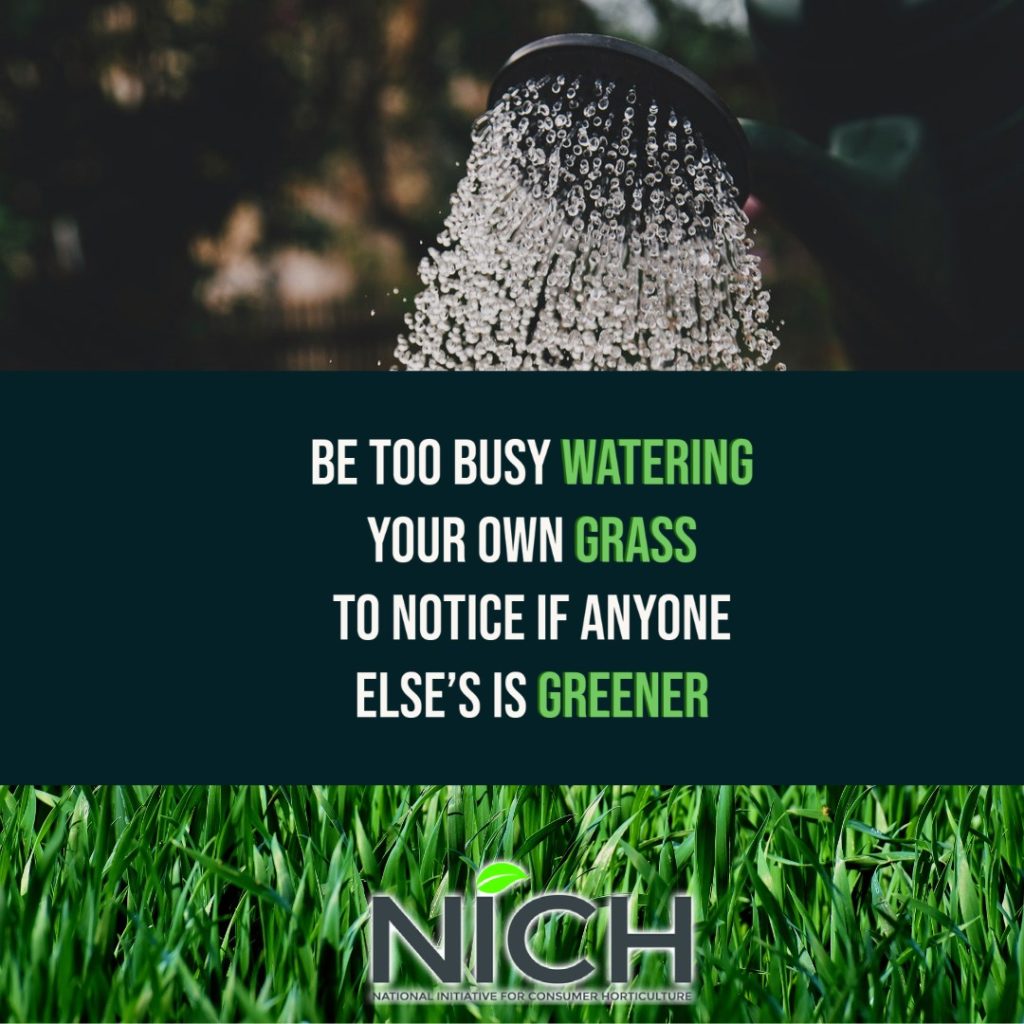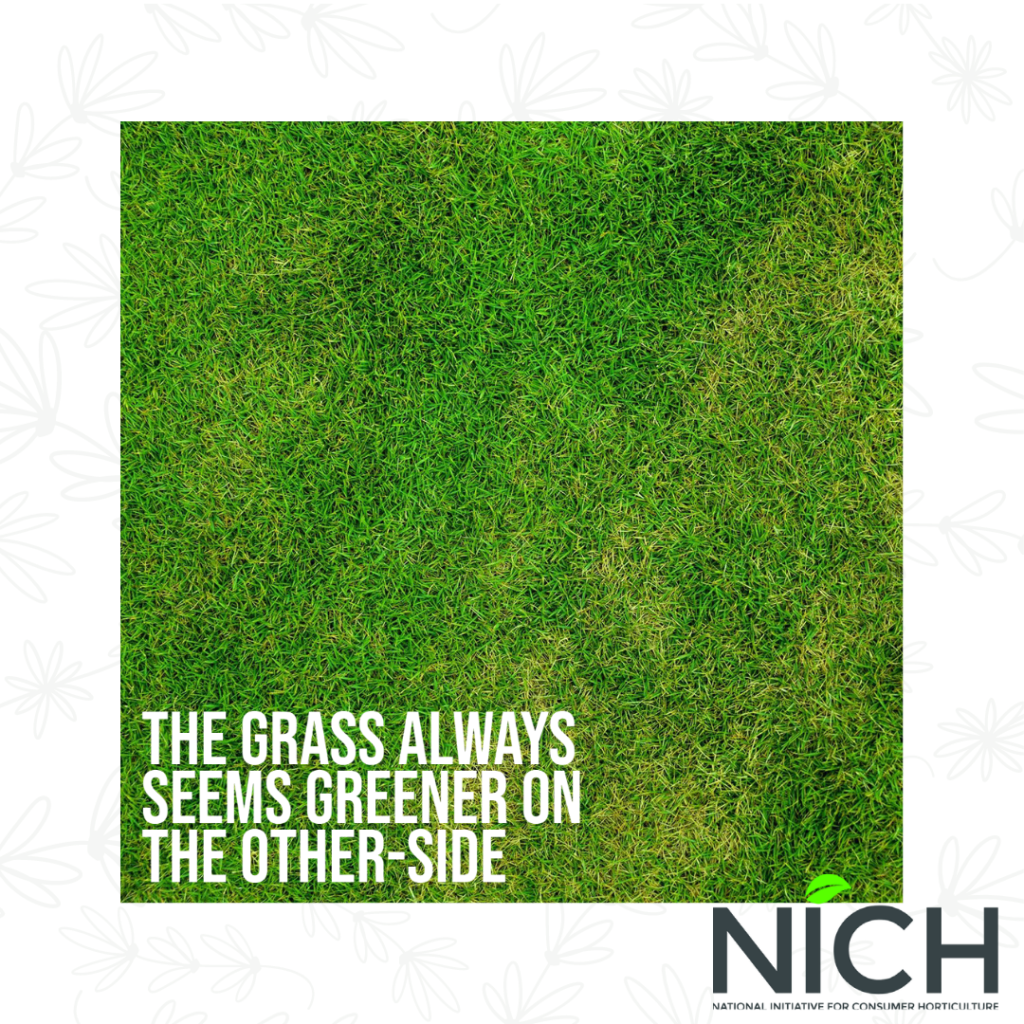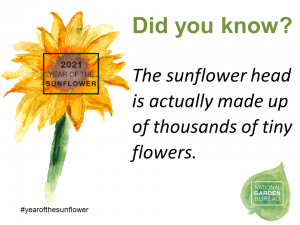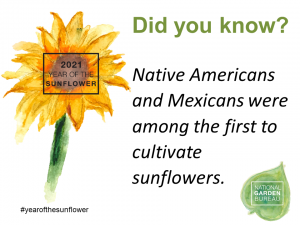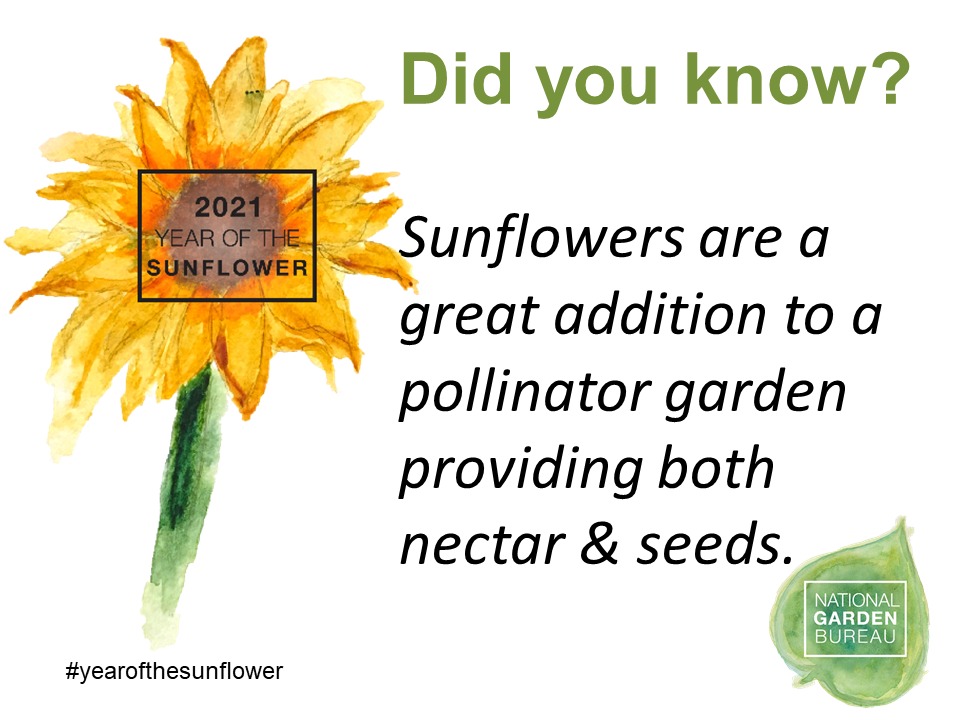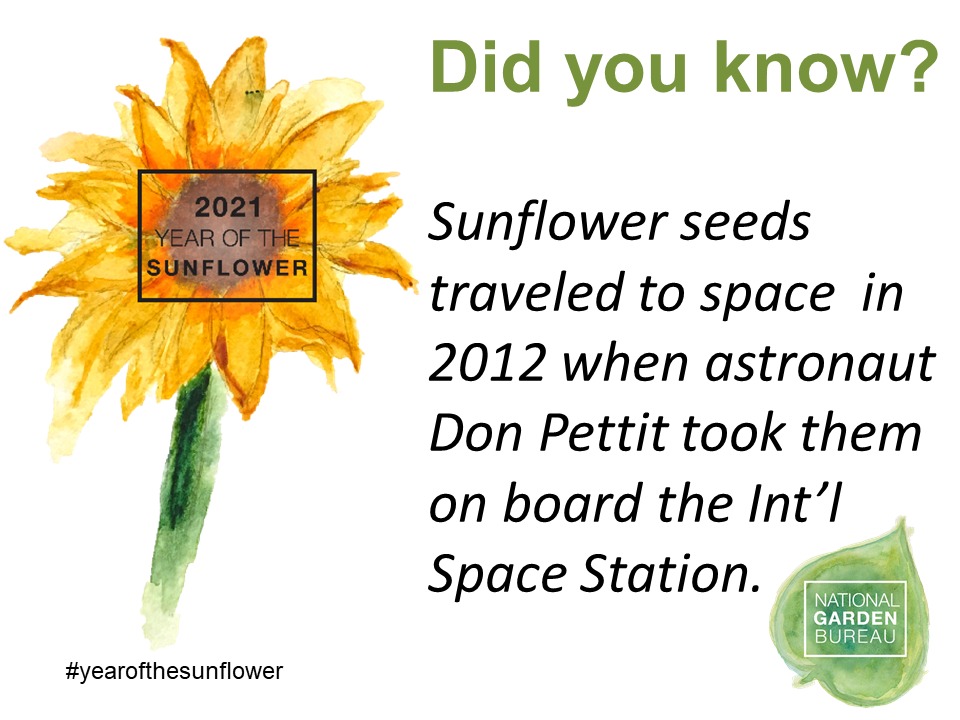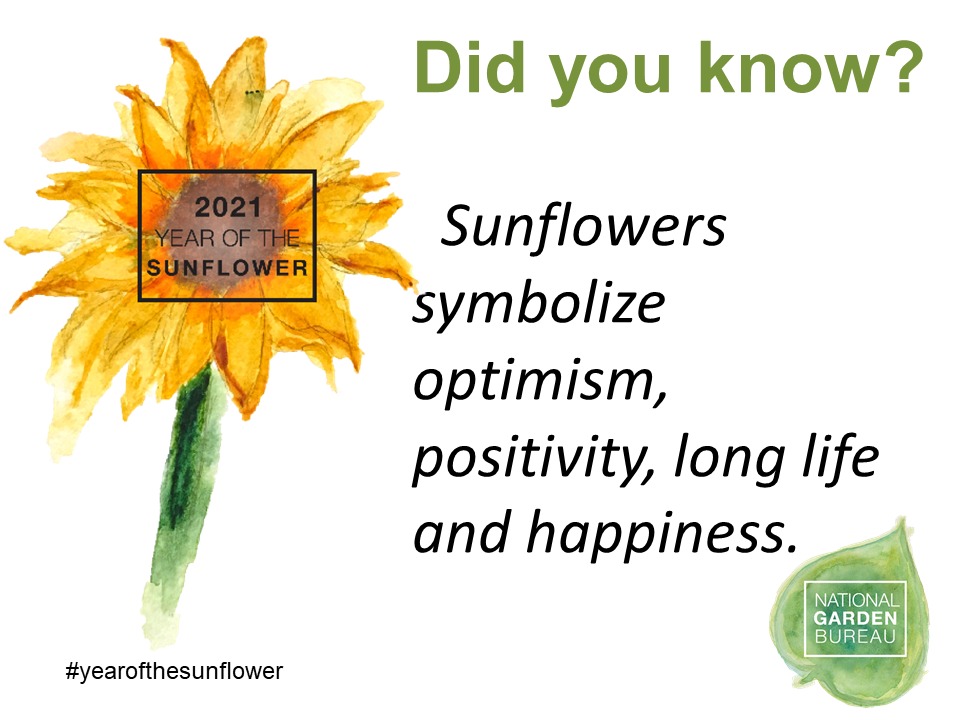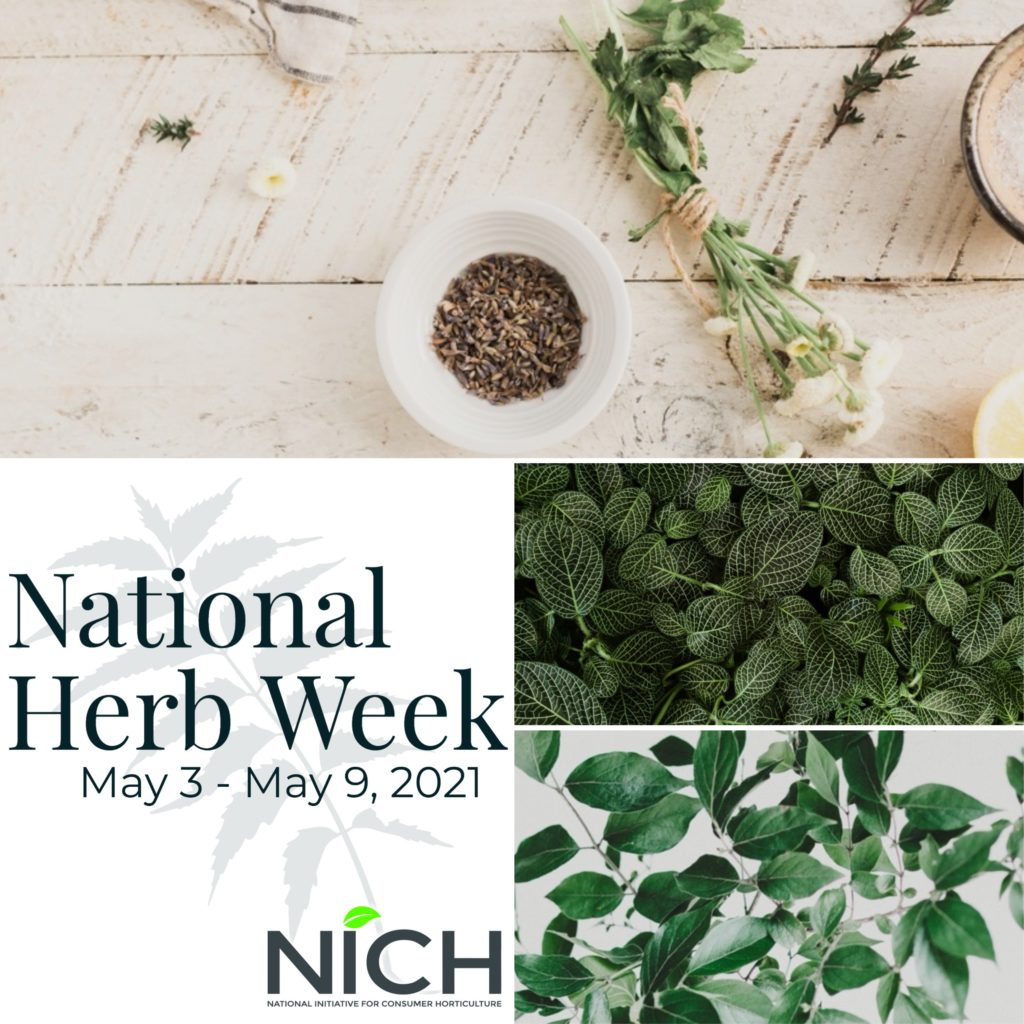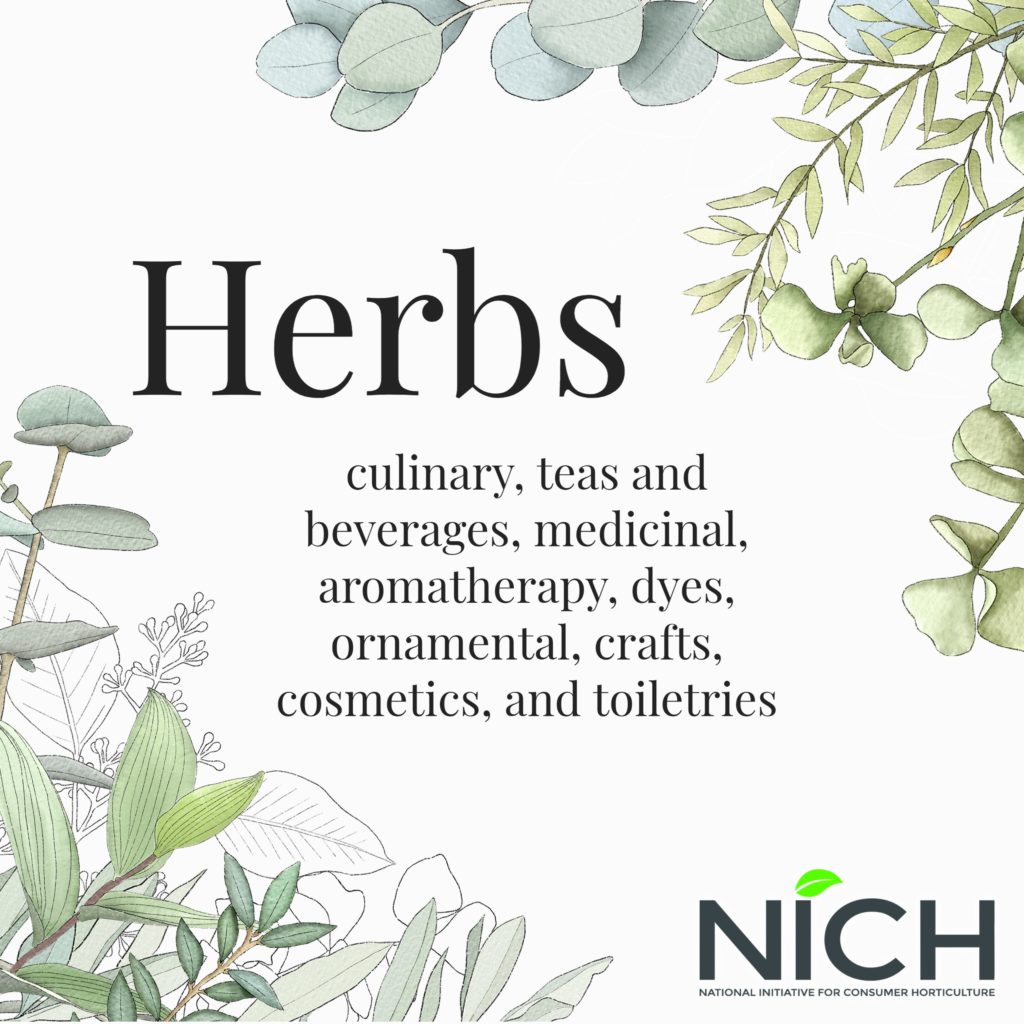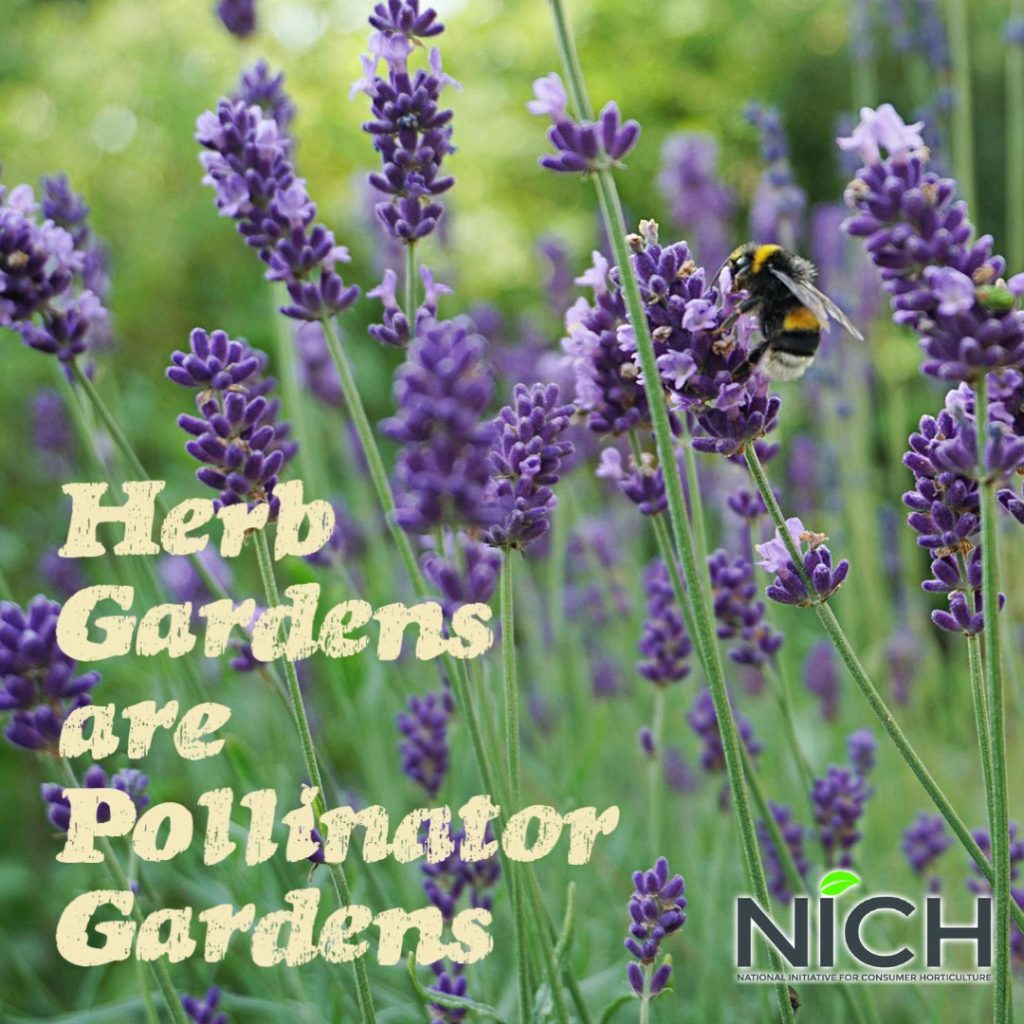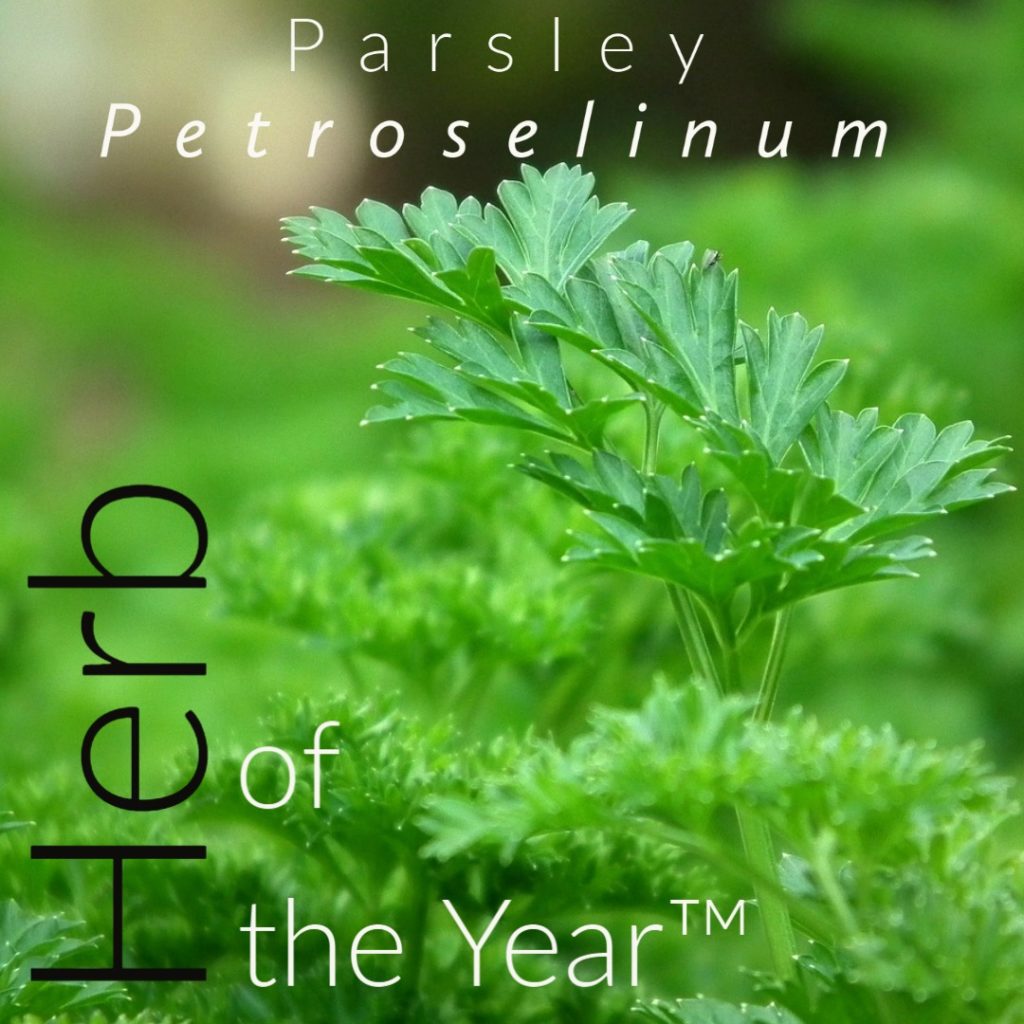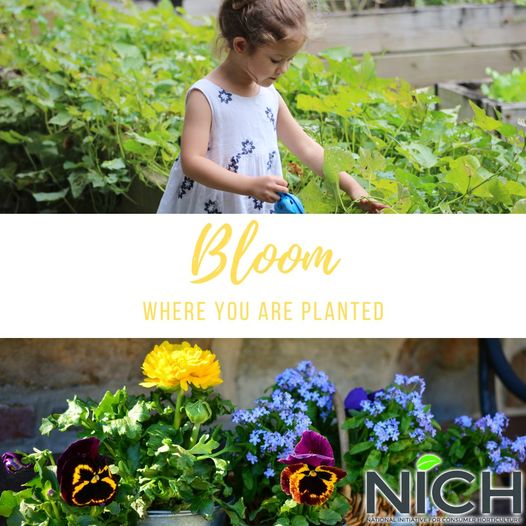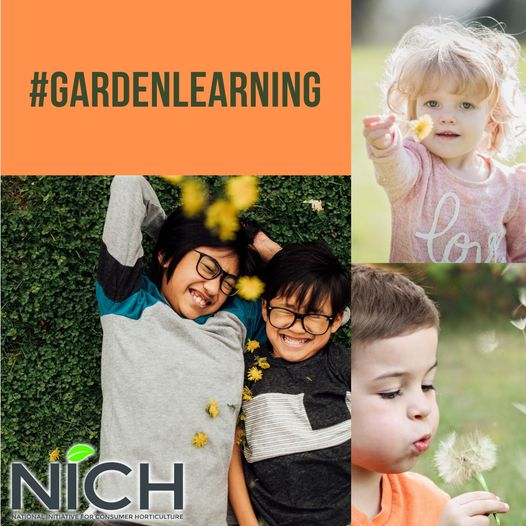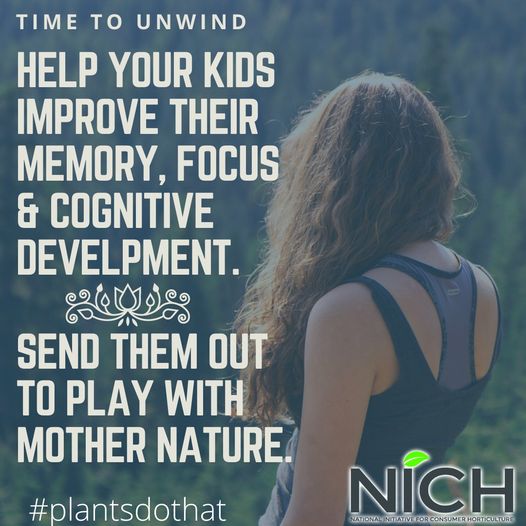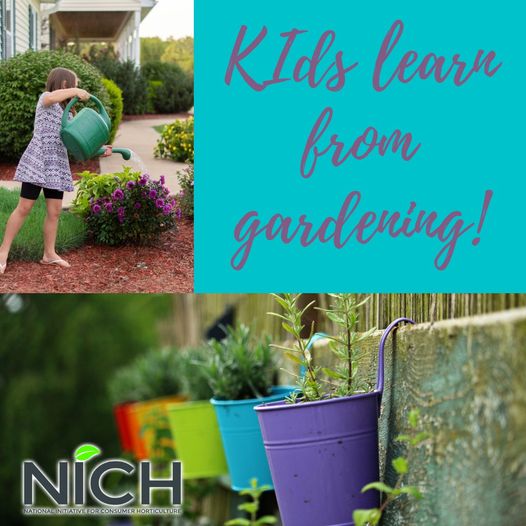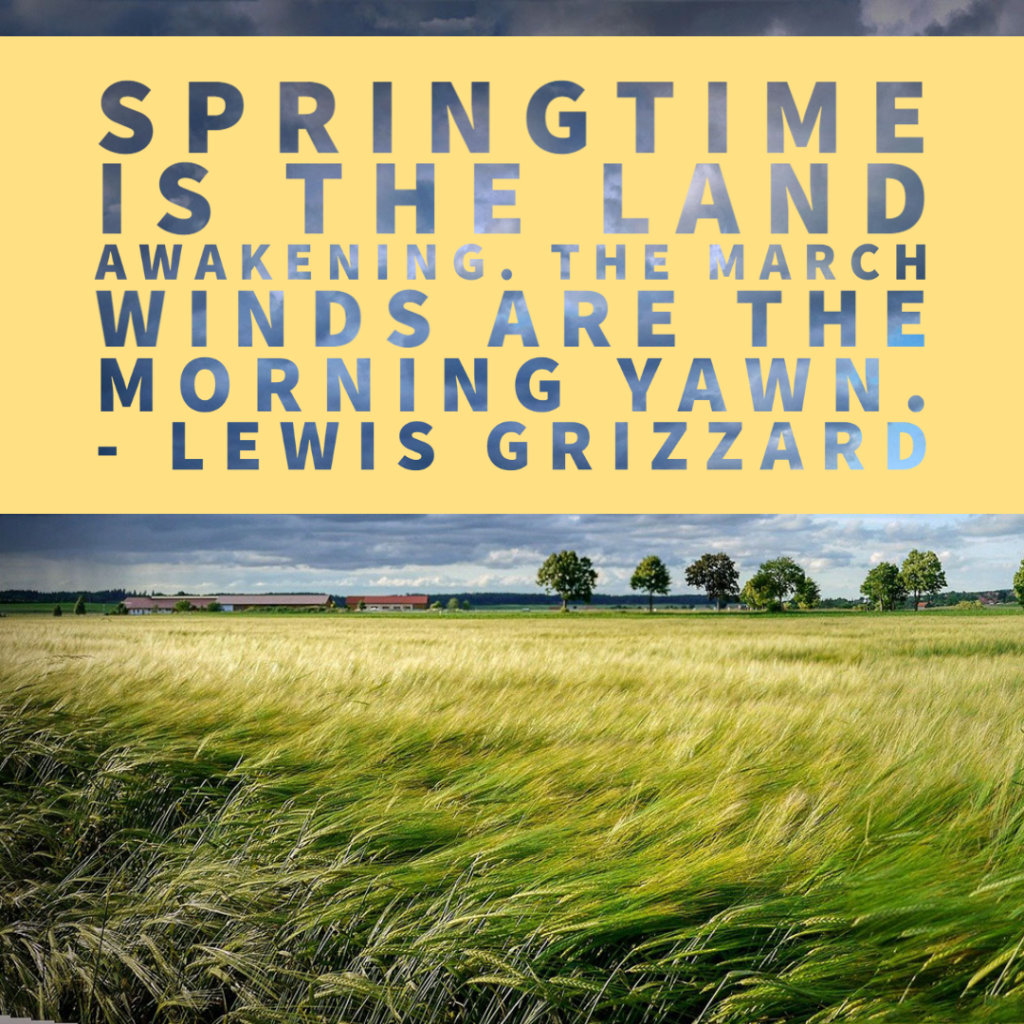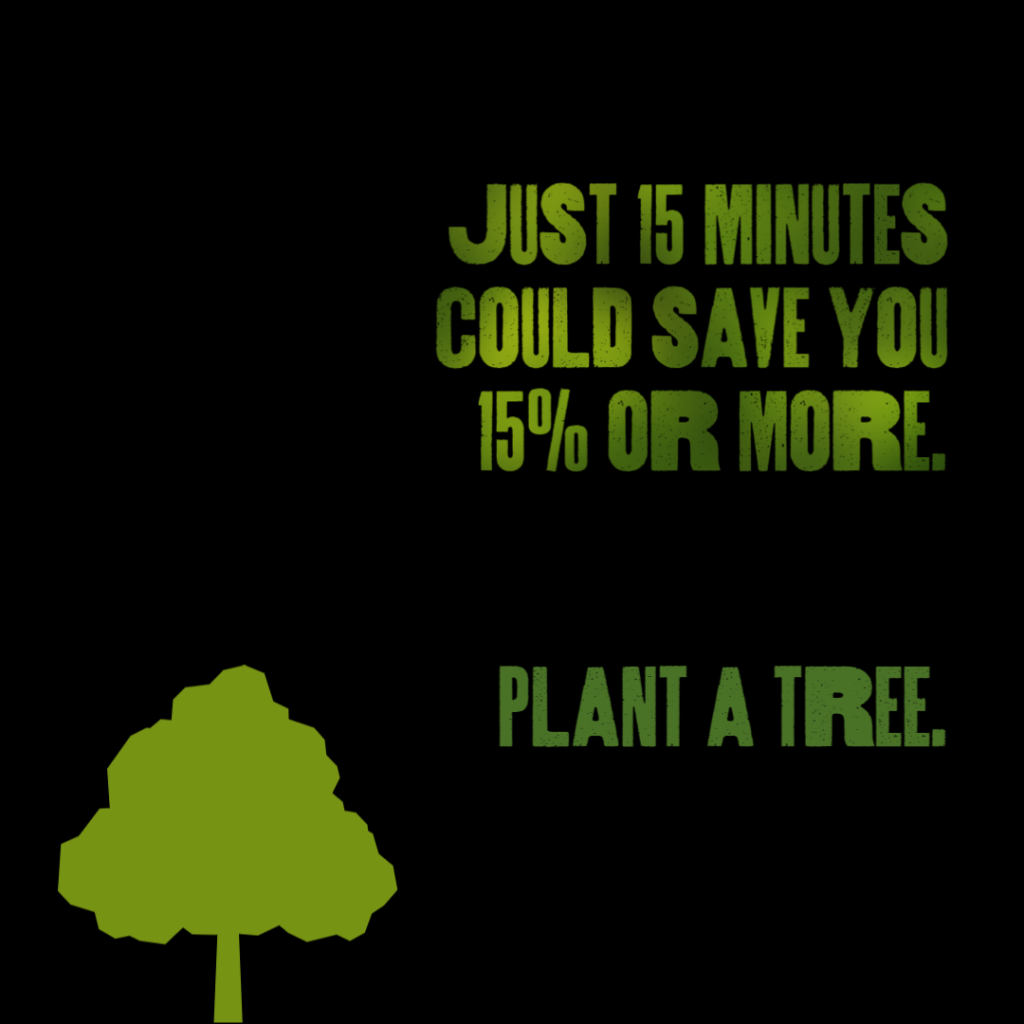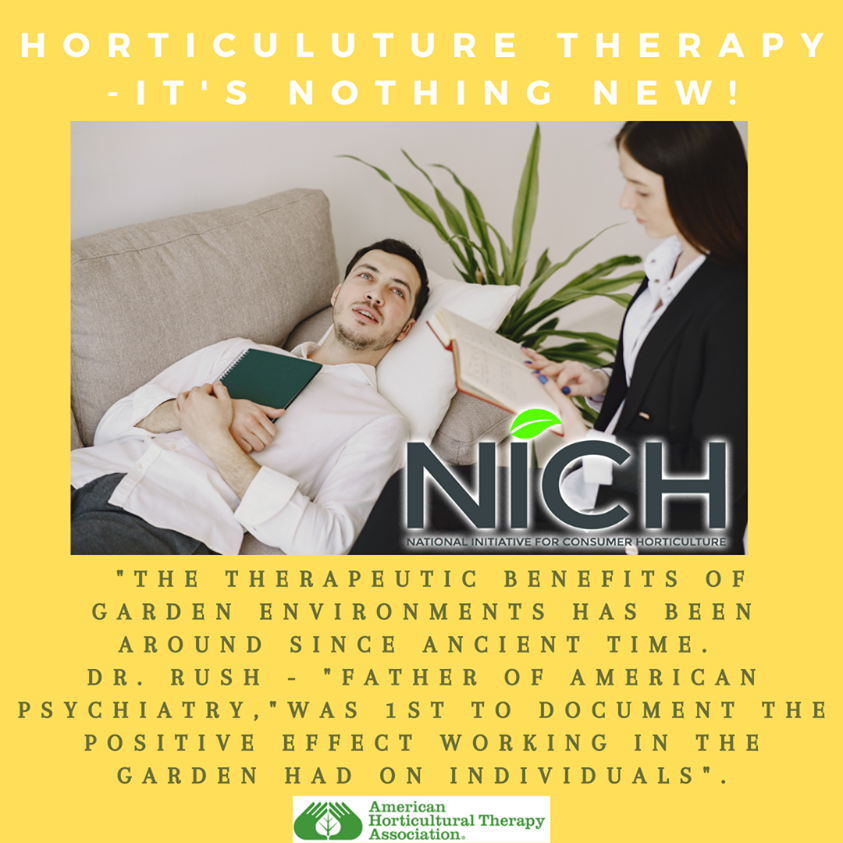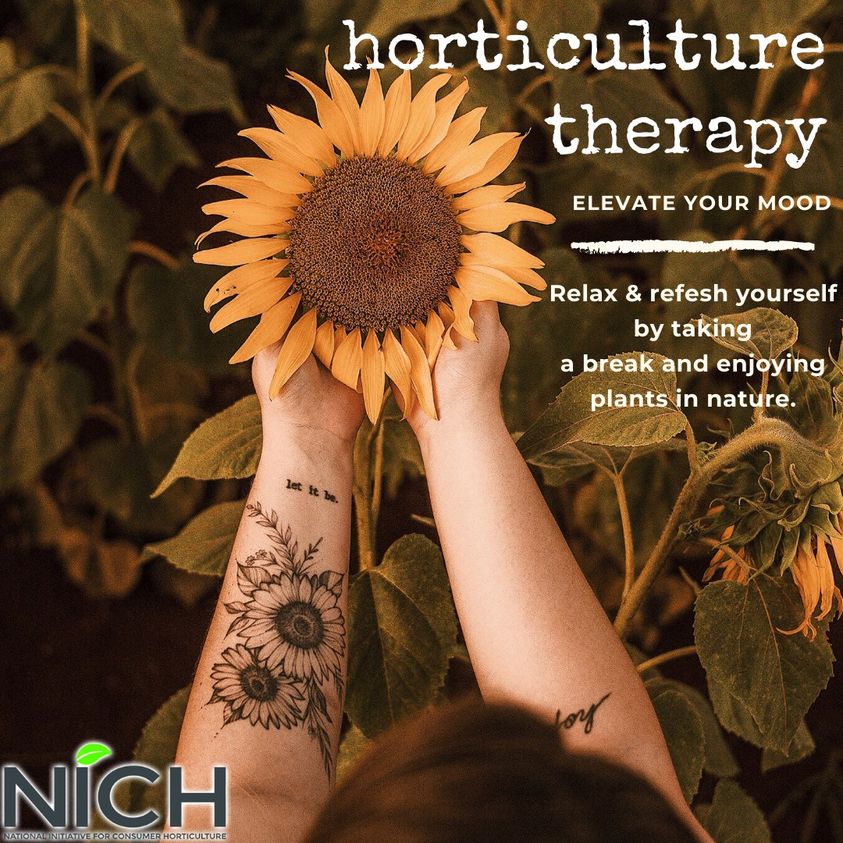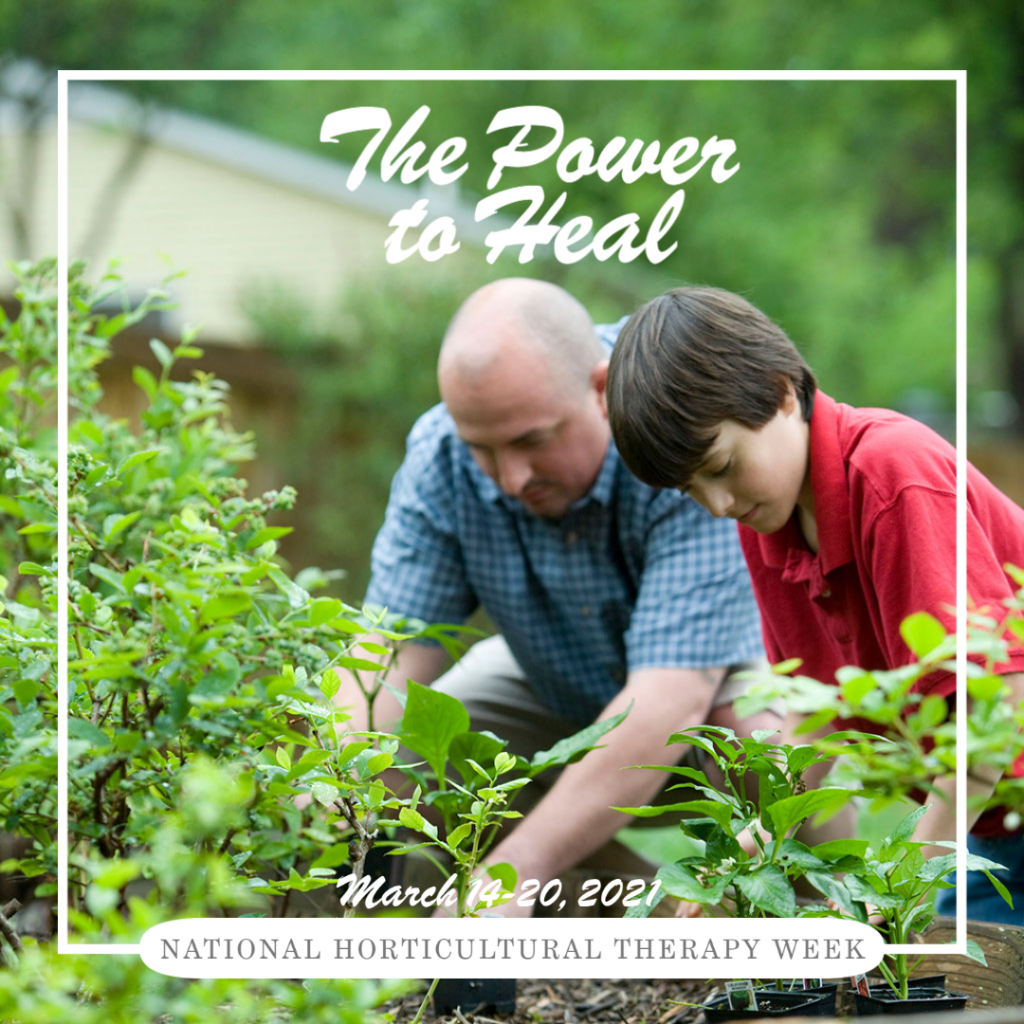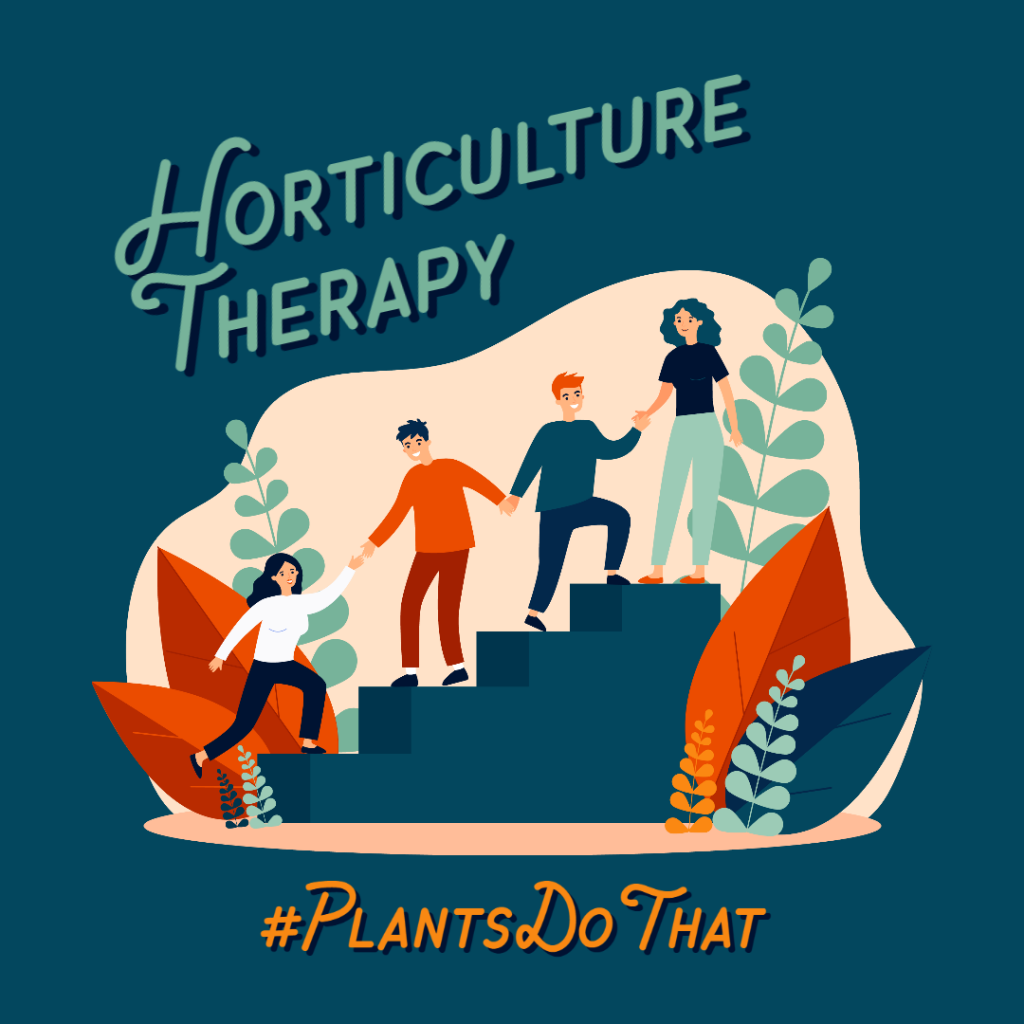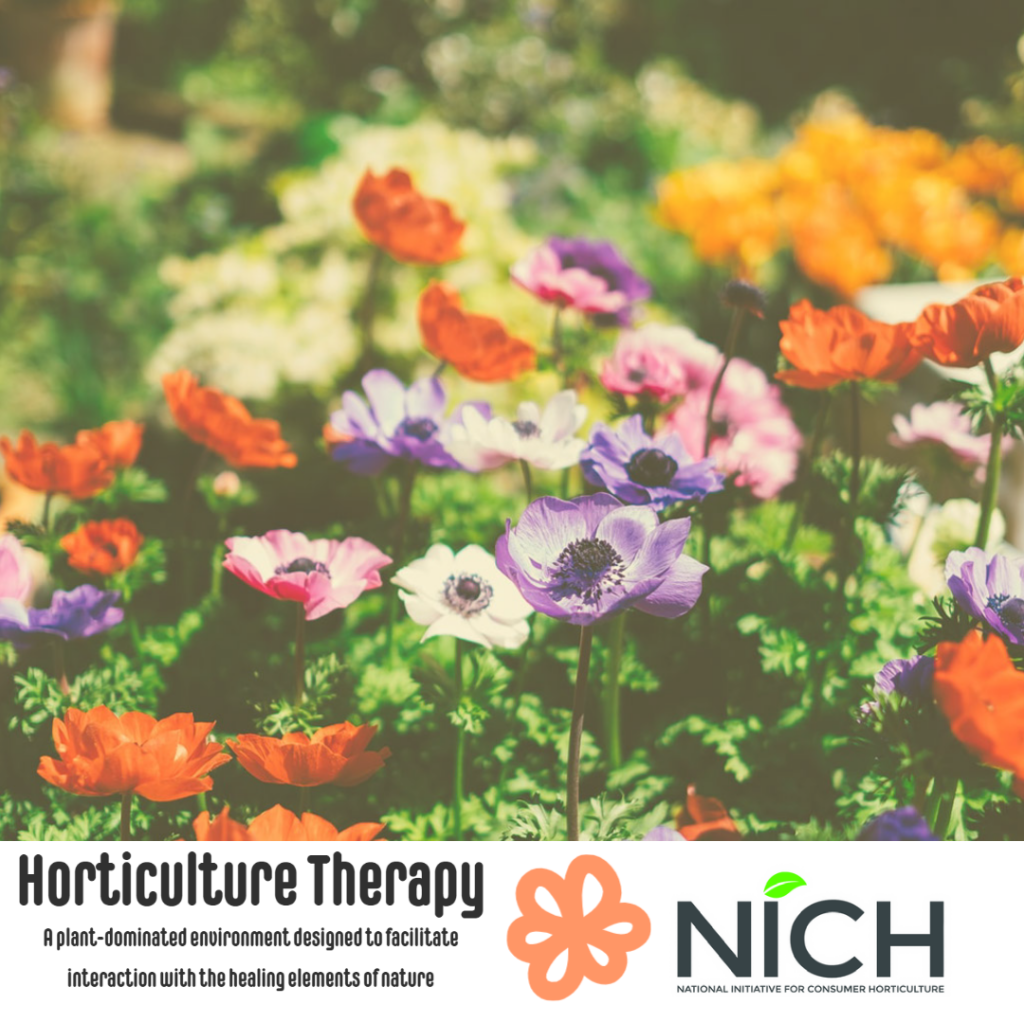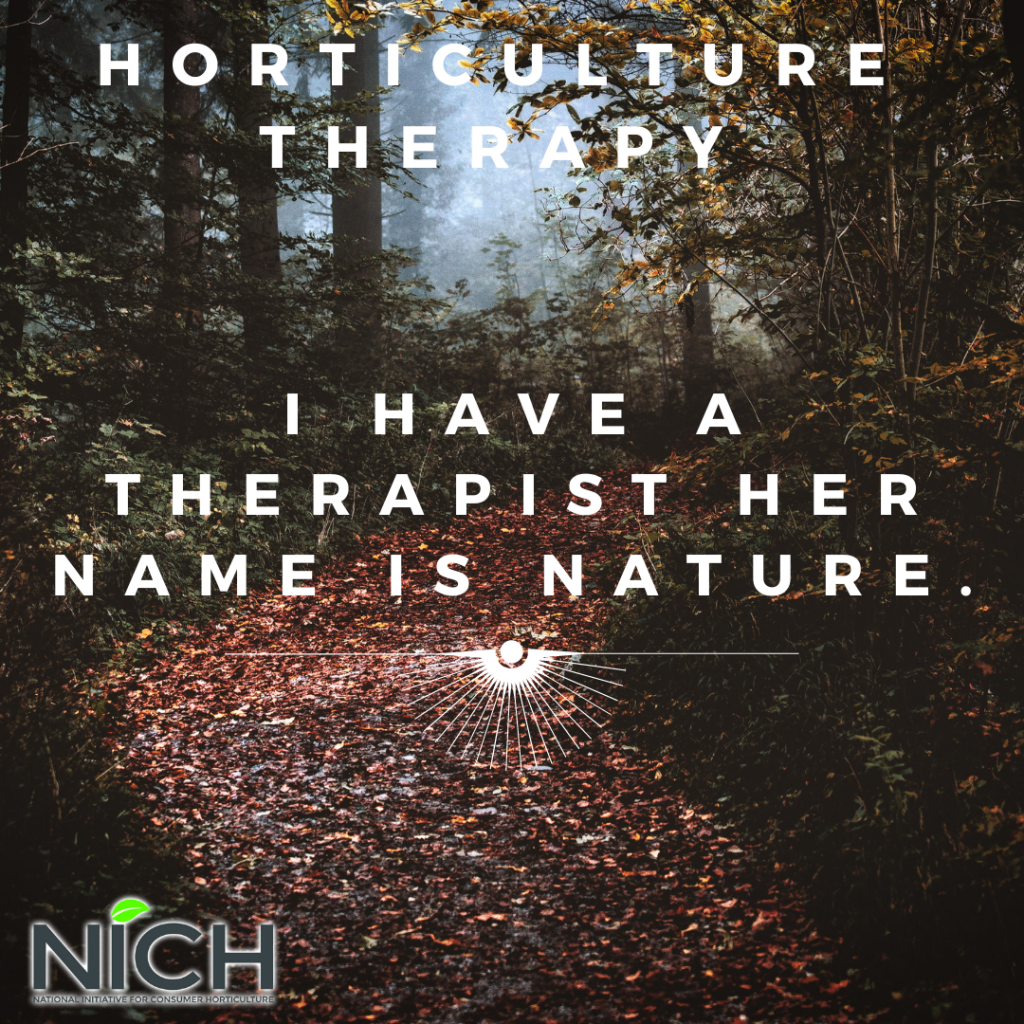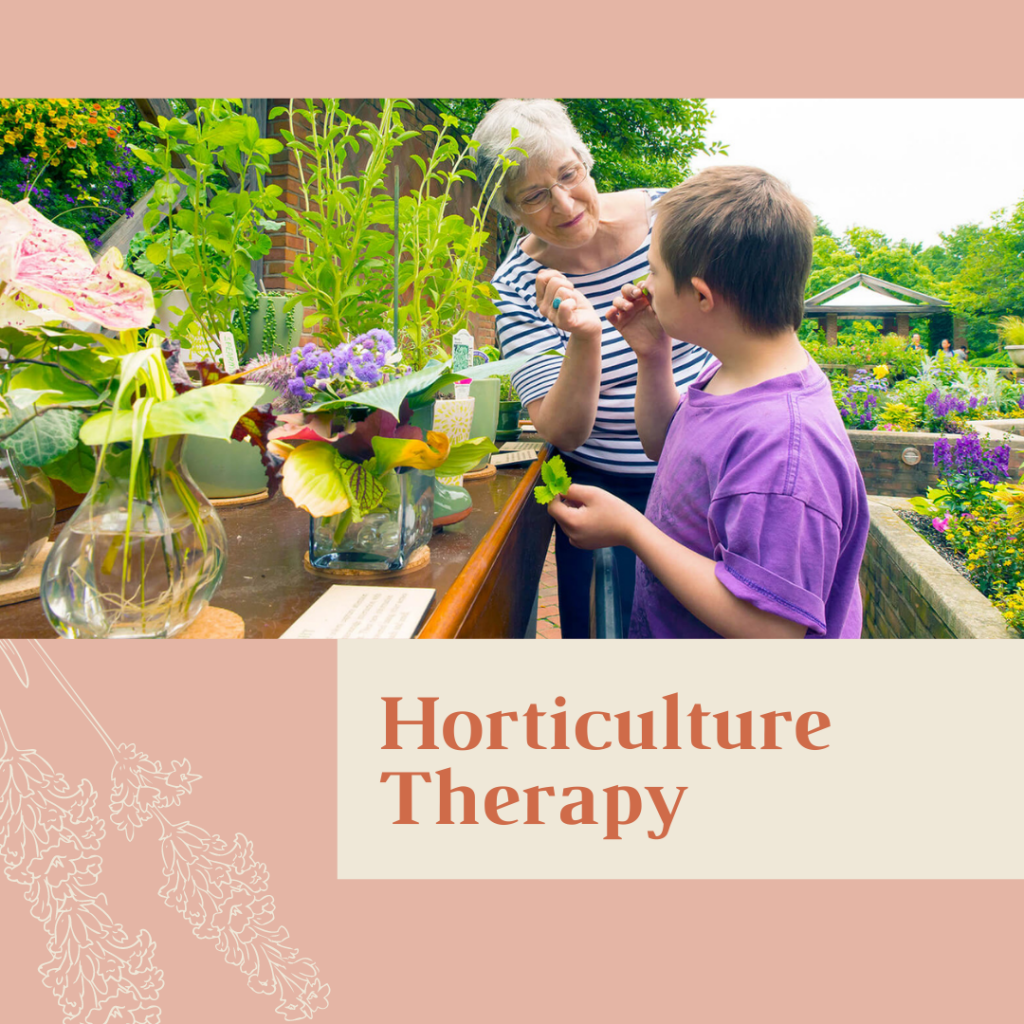Many of us lawn care nuts want our outdoor spaces to look as gorgeous and inviting as possible. Lawn maintenance is an important aspect of owning a home, but sometimes we can slip up on our lawn care calendar.
When it comes to severely damaged, neglected, or stressed lawns, it can be hard to determine if the lawn can be rejuvenated or requires a new installation—especially if the grass is brown. Most of us hope for the former possibility, however, a brand-new lawn has its perks as well. In some cases such as a severe freeze, a helpful trick to determine the difference between a lawn that can be brought back and a lawn that is dead is by looking to the source—the grass roots.
Start by pulling a few small, underground strands of grass, or rhizomes, near the edge of the lawn. This can be around driveways, sidewalks, or any other hardscape feature. If there are small, hairy roots that might be clinging to soil or appear white in color, this is a good sign that the lawn can be rejuvenated. Roots covered in dirt are clinging to soil so that they can absorb nutrients.
Another method is to brush up some of the brown grass and see if there’s any green color underneath. If there’s even a small amount of green amidst the yellow and brown, it’s likely that the lawn can be brought back.
A few steps for repairing a damaged lawn include watering it, applying fertilizer, and making sure it can grow in good environmental conditions. It’s highly recommended that a soil analysis is collected and submitted to a local extension office to determine what caused the lawn’s health to decline or die. It may reduce the chances of the same accident happening again by providing the homeowner with methods of prevention. Having knowledge about which nutrients are in the soil and which ones are lacking will assist in the next fertilizer selection as well.
In some cases, the lawn may be dead. But don’t be discouraged! This can serve as a great, exciting opportunity to renovate the lawn and install fresh, new sod.
Before jumping to make a few calls for an installation project, take a few things into consideration: What caused the lawn to die in the first place? It’s still helpful to collect and submit a soil analysis to identify the exact cause of the dead lawn so that it doesn’t happen again. What sort of grass is ideal for the environment and climate the home is located in? What should the new lawn to look like?
Being able to answer some of these questions will help narrow down the turfgrass selection to a variety that is ideal for the home’s situation.
Please feel free to share or adapt this article in your newsletter or other customer communications with credit to NICH/consumerhort.org.
Valerie Smith is the UX Specialist & Content Editor at SodUniversity.com, the resource center of Sod Solutions.

